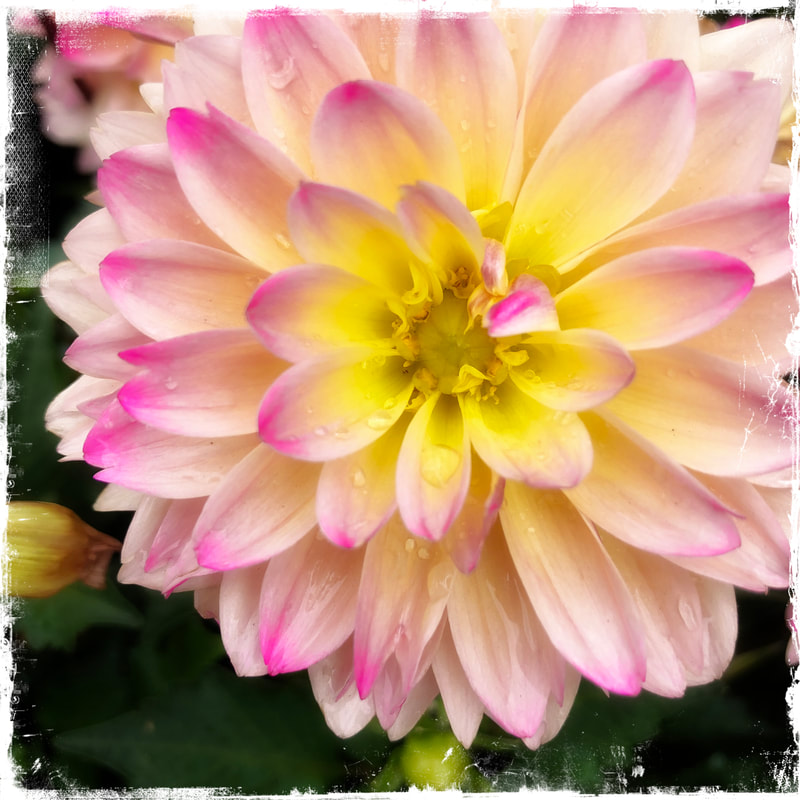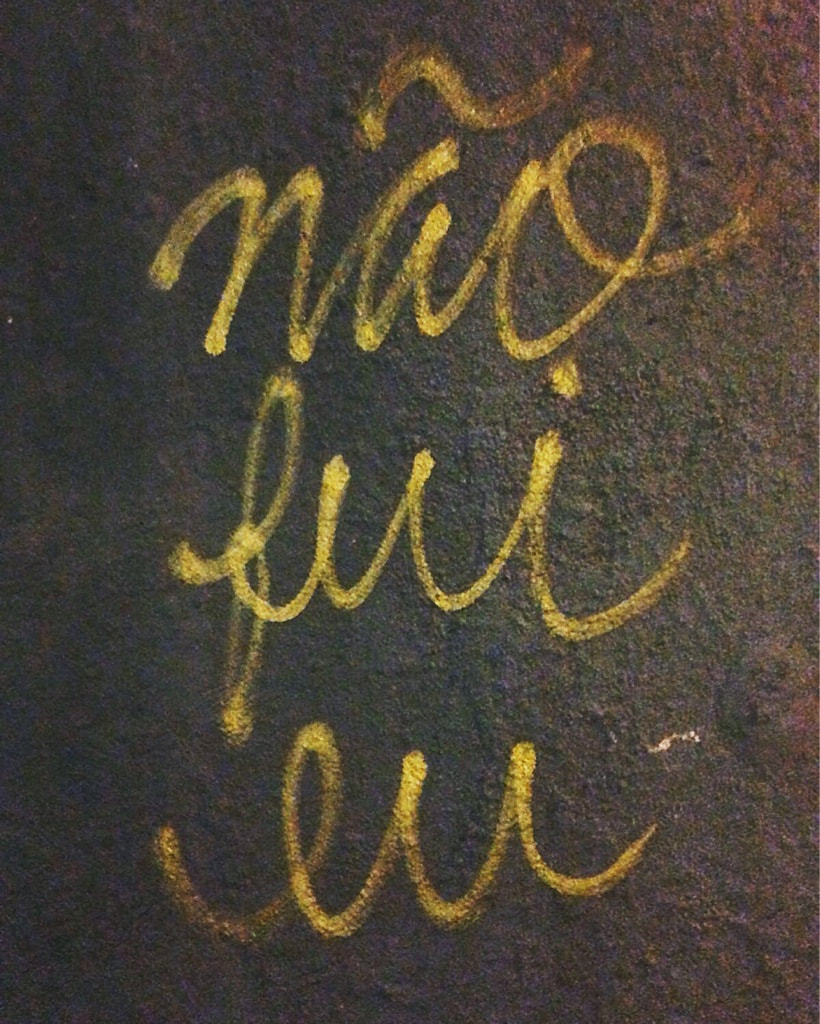ASSAY: A JOURNAL OF NONFICTION STUDIES
7.1
7.1
|
“You have to start somewhere,” write cultural theorist Lauren Berlant and anthropologist Kathleen Stewart. “You light on something, you lean into a realism of slippages and swells.” The experiment started to swell at the Austin Public Feelings group, where, as Berlant and Stewart recount in “Preludic,” five-hundred-word writing exercises leaned into the affective pulse of a scene or situation. But even before then, conferences and collectives had been cropping up, and with a pivot on “think tank,” in 2002, Feel Tank Chicago began “taking the emotional temperature of the body politic.” When the idea of one-hundred-word poetic exercises landed in Austin in 2012, Berlant and Stewart lighted on it. Word counts shifted, and five hundred became one hundred became The Hundreds. The result? One hundred “hundreds,” each chapter a multiple of one hundred words, and published by Duke University Press in 2019. In encounters with thought and sound, affects and objects, The Hundreds rides the reverb between word and world. It’s a length of kelp whipping across a shoreline, it’s a week in protein shakes curbing down the throat, it’s a homeless woman taking a shit in the Walgreens parking lot, it’s cats and dogs and cops and “some kind of reckless flourishing in a carnival of ruin.” Staging scenes of encounter with the pleasures and pressures of our ordinary proximity to each other, The Hundreds is “writing a wrecked world back into endurable form.”
What endures is a matter of form, a question about how collaboration and composition might hone in on the curvature of an ordinary. An ordinary, according to Berlant and Stewart, is not extraordinary; it’s an encounter with gesture or tone, an unspoken echo hovering around an exchange, “the question of what’s in a fingertip, a flower, a freckle.” A hundred, as each chapter is called, holds space for a snippet of dialogue, an image, a question. Amid the thrum and undulation of repeated exercises in class and race in “At the Y,” women in the locker room relate scenes of sexism, occasionally interjecting, “I don’t give a shit.” Some hundred words later, Berlant and Stewart wonder, “is this what ’68 left us?” The question resounds. “Blood and love share a vowel sound,” they note, before imagining (with a certain president in mind) writing postcards, each asking, “why should you be spared?” The aftertaste of this hundred, like so many others, is seductive and a bit sick—not sick in the sense of illness or too muchness, but twisted in capitalism’s late disarray, the havoc it wreaks on our musculature—even at the Y. Other hundreds, like “Today in Political Emotions” and “It’s Structural,” signal the sizable stakes of these capsule-sized scenes. They conceptualize the conditions under which affect twitches into language. It’s not just political, it’s structural. The Hundreds reads like Tender Buttons meets Minima Moralia in a post-internet era. Like language poetry shot through with aphorisms and selfies, the text is aware of both its lure and its leer. “The point,” write Berlant and Stewart, “is to jolt the eye amid the flow of things that will turn out to have detours.” And jolted, our eyes are. A hundred called “Refractions” turns out to refract readers, warning against the demagnetizing effect of critique and asking us to “try remagnetizing and then think again.” While one of the hundreds likens genre to a hopscotch grid smeared by overuse, the back cover classifies the text as “CULTURAL STUDIES / ANTHROPOLOGY / AFFECT THEORY.” Such disciplines may seem strange for a book so steeped in poetry and personal anecdote, but we catch a glimpse of its academic flight lines when aphorisms parachute into paragraphs. “A worlding is an imperial promise of a form barely roughed out and still charged with its own retractability,” one claims. “Knowledge is a side effect of forms performed,” another maintains. Though they bear the trappings of theory, what knowledge these forms perform, Berlant and Stewart suggest, is generated by lives lived together. Form, in other words, is not performed solo. “What are we going to do with our proximity, baby!?” they ask. “We are separate people trying to stay in sync and to take in what isn’t, to work with the heat of a proximity that echoes, extends, or hesitates into forms of life,” they write. The Hundreds wears the heat of proximity on its sleeve, and in its references, too. Bold parenthetical citations punctuate the end of each hundred in small caps. Some name a laundry list of critical theorists—Benjamin, Deleuze and Guattari, Moten, Massumi, Barthes, to name just a few—while others smuggle four boxes of cranberry bread mix or the twitch of a shoulder in the mix. There’s “(Freckles; Hamilton 2012)” and there’s “(an egg-cooking machine; a fuck-you shrug).” In parenthetical embrace of the persons and things they are thinking with, Berlant and Stewart’s citations tender notations of collaboration. “The social,” they write, “is a provisional movement psyching out the pros and cons of possible links and then doing things with them.” But how social are these citations and what things are they doing really? While “psyching out the pros” might involve a pleasant collapsing of high and low, the cited names and years refer to intertexts that aren’t indicated by quotation marks or footnotes. Even for the academic or academic-adjacent reader, the citations don’t always indicate more than exclusion, causing her to scan back up, searching for a reference. Is that Fredric Jameson at the YMCA? Is that Giorgio Agamben in Disney Land? Was that Stanley Fish in drag and Michel Foucault when the dog peed on the neighbor’s patch of grass? In “The Things We Think With,” Berlant and Stewart note how they wanted their hundreds to echo Roland Barthes’ A Lover’s Discourse, “its stories couched in cascading cites.” But faced with a circle of references at once too singular and too plural, The Hundreds forgoes quotes, and concludes with five indexes, four of which are authored by additional interlocutors. Still, The Hundreds’ game of genre hopscotch plots a potential future for the fusion of critical theory and the poetics of our proximity to each other. In a recent retrospective on Berlant’s work, Hua Hsu compares The Hundreds to work by Fred Moten (who authors an index in The Hundreds) as well as Maggie Nelson (who likewise follows the marginal notations of A Lover’s Discourse in The Argonauts). The Hundreds, like The Argonauts, revels in the rising tides of a genre that washes away easy lines between critical and creative. In The Hundreds, ethnographer Stephen Muecke’s untitled index proposes the term “fictocriticism” to characterize this conjunction. There are other things we could call it—autopoesis, autotheory, punctums, performative philosophy, prose poetry, or simply, “hundreds.” But what’s in a name for form matters less than what that form performs. And it matters that this form—alight with the fusion of affect and politics, theory and ordinary—paces us through our encounters with each other. The Hundreds champions pace—the tangled tongue of aphorism, a twist of syntax or smirk of surprise. Its delights are mundane, sometimes tinged with the tragic—what happened in the liquor store, what happened on the Internet, what happened to democracy. If this is what academic writing sounds like when it flexes and pretzels into an elsewhere, then readers of all stripes may well crave more by the time they reach the fifth index: two blank pages titled “For Your Indexing Pleasure.” The invitation to collude in The Hundreds’ world-making occasions another possibility of proximity, one in which we are asked to co-create. Perhaps anticipating these ends, The Hundreds is peppered with prompts. “Write down all of the resonances the ordinary holds for you, its senses, practices, accidents, things,” one suggests. “Make a list of what you worry about, what you’re addicted to, the one hundred things you’d have in your tiny house if you could, why the old boots and not a paring knife?” another wonders. “Make a word balloon for the social atmosphere of a smell or a texture, or the way a shoulder twitched. Then conjure its world.” Ushering us into proximity, The Hundreds asks us to conjure, to encounter an ordinary, touch its wound, twitch, shiver, shimmer. In the spirit of contingency that shapes The Hundreds into multiples of 100 words, this discussion chimes in at precisely 1400. |
|
Alex Brostoff is a writer, teacher, and Ph.D. candidate in Comparative Literature at UC Berkeley. Her writing and translations have appeared in Reading in Translation, In the Midst (the blog of Critical Times: Interventions in Global Critical Theory), Hyperallergic, Hypocrite Reader, and ASAP/Journal, where she is the guest editor of a special issue on "autotheory" with Lauren Fournier.
|

